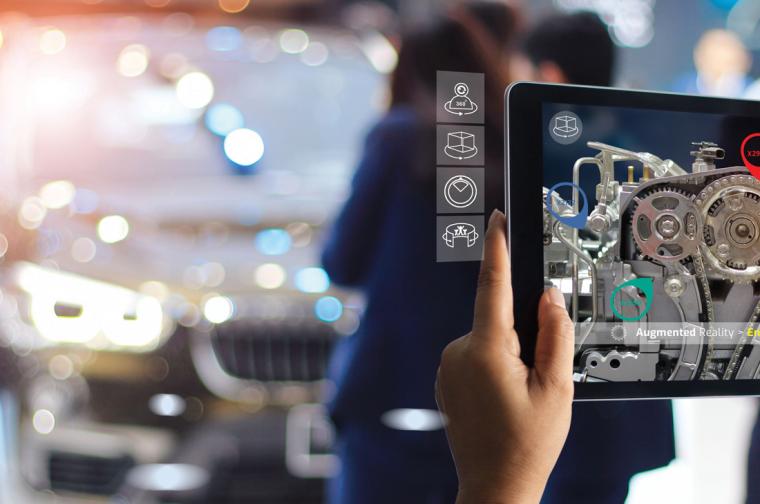

Just over a decade ago, Roland Berger predicted in Automotive Landscape 2025 that the industry would undergo great transformation in the years to come. By and large, many of the predictions have come true due to growing demand, particularly in Asia, cheap and plentiful capital, and the proliferation of technology and connected devices.
In just the last 10 years, there has been a dramatic geographic shift in both production and sales. In 2011, Asia accounted for roughly 46 percent of global vehicle production according to IHS Markit. In 2021, it accounted for 58 percent, with the vast majority of the growth coming from China.
In 2011, global sales of electric vehicles (EVs) were hardly a blip on the radar. Last year, they accounted for nearly nine percent of new car sales globally, up from 4.11 percent in 2020 even with a global pandemic and global shortage of chips. In addition, the proliferation of connected devices means that cars now have thousands of semiconductors, and that’s for conventional vehicles. Electric vehicles have many more.
So, what might we expect looking forward? And how will global and automotive trends impact economic development? Many predict that the automotive industry will continue to innovate and transform through the following:
• Continued investment in electric vehicles driven both by government regulation and consumer preferences for more environmentally friendly products
• The development of more autonomous features moving toward fully driverless cars
• Greater connectivity both between cars and between cars and infrastructure moving closer to full automation
• Carmakers attempting to innovate to net zero carbon emissions and fully embrace the circular economy.
One only needs to look at the economic development announcements over the last two years to see that car makers believe demand will continue to be strong. Recent, jaw-dropping announcements by Hyundai ($5.5 billion in Georgia), Ford and SK ($5.6 billion in Tennessee) and Rivian ($5 billion also in Georgia) are just a few of the unprecedented, planned investments in the EV and EV supply chain.
Notwithstanding, there are a few global and macro-economic headwinds that are worth mentioning.
Shrinking capital. Baby boomers are pulling out their savings to fund their retirement, making capital less plentiful and more expensive.
Shrinking consumer base. Not only is much of the world aging, economic growth in many emerging and middle-income economies is stagnating, leading to less demand.
Supply chain shortages. New COVID variants, the war in Ukraine and rising shipping costs and tariffs have led to shortages of semiconductors for all cars and commodities like copper, lithium, cobalt and nickel necessary for EV batteries.
Considering these macro-economic trends, it is not a given that car production will continue to move toward electrification and automation, both of which will require significant investments in plant and equipment and infrastructure. Carmakers may find other ways to innovate that require smaller, incremental investments such as light-weighting through the use of aluminum instead of steel, leading to better fuel economy.
It’s also plausible that automotive producers may shift from a production and delivery strategy that is less global and more regional due to increasing supply chain risks. For example, BMW produced 433,810 X vehicles in 2021 from its South Carolina facility and exported 60 percent of them to 120 countries, marking the eighth straight year that BMW is the largest automotive exporter in the U.S. As geopolitical tensions and threats to security rise and as the cost of insurance and shipping increase, BMW and others may reconsider this strategy by sourcing and selling more regionally and retooling for flexibility such that multiple models can be built at one location.
In short, predicting automotive trends without taking the larger geopolitical and economic future into consideration is only looking at half the picture. While consumers will continue to demand greener and more connected vehicles, material shortages and cost constraints may drastically alter the future of the automotive industry in ways that are difficult to predict. As always, it is important that communities and government build flexibility into their investment readiness so they are prepared for whatever trend comes their way. T&ID
